Warriors of North Africa 1050-1350
Inseparable from a steel shirt
Tested combat chain mail,
Woven Daud Hand.
Arab poet Abu-t-Tayyib ibn al-Hussein al-Jufi (915-965gg.)
Knights and chivalry of three centuries. Last material about warriors of a specified period was published on VO 22.08.2019. Since then, we have not addressed this topic. This material was dedicated to the soldiers of Russia, but now, following our main source, the monograph by David Nicolas, we will go to hot Africa and get acquainted with the military affairs of vast territories that were considered Christian in the Middle Ages (although sometimes even nominally!), As well and some pagan areas that later became Muslim. However, many Christian regions, which will be discussed here, later also fell under the influence of Islam.
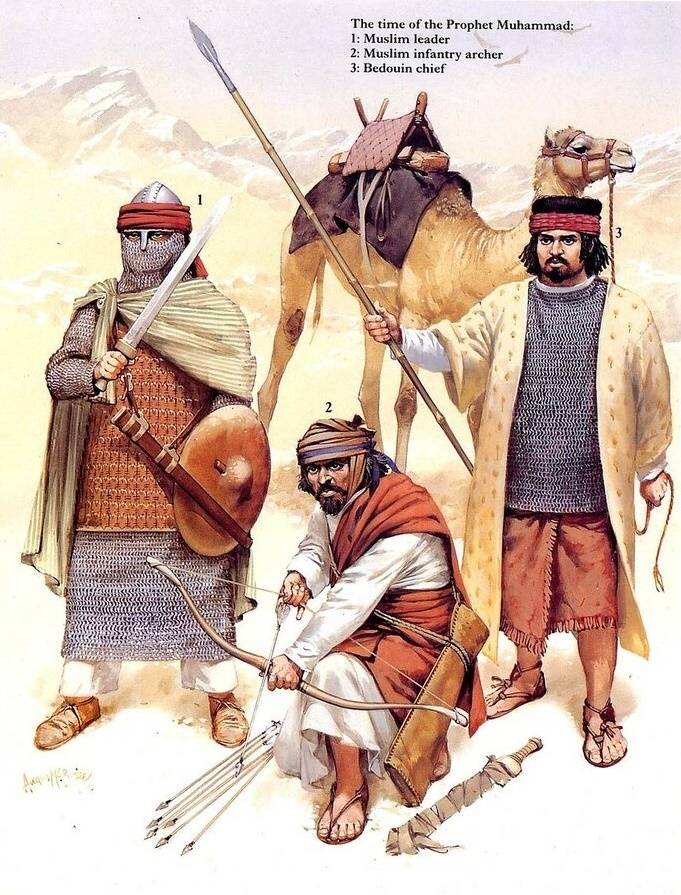
The warriors of North Africa and Sudan are Christians ...
The Christians or Copts of Egypt probably made up the majority of the population of this country throughout most of the Middle Ages, and it is possible that they were recruited as sailors for service in the Egyptian navy. The ancient Roman and Byzantine province of Africa, which mainly consisted of modern Tunisia plus most of northern Libya and Algeria, fell in the XNUMXth century under the rule of Muslim Arabs and became their province of Ifricia. The Christian rural population was preserved here, but declined until the XI century, and in the cities the Christian population persisted afterwards. Converted Christians were registered in the Tunisian army in the middle of the XII century. So the process of replacing one faith with another took several centuries here.
To the south of Egypt, in Nubia and northern Sudan, Christian kingdoms maintained their independence for many centuries, mainly because their more powerful Islamic neighbors made no serious attempt to subjugate them. The largest Christian states here were Nobatia, in modern Sudan Nubia; Mukuriya in the Dongola region - the kingdom of “black noba” (nooba); and Meroe, and medieval sources called Meroe - Alva or Aloa in the area of modern Khartoum. Further south and east lay the Christian kingdom of Axum, which later became known as Ethiopia, and to this day remains Christian. In the 9th century, Nubia and Aloa were united, but in the 13th century, due to the decline of Nubia, it regained its independence. But Mukuriya was conquered by the Mamelukes of Egypt at the beginning of the XIV century.
"Big onion" in African
Interestingly, throughout the era of the Ancient World and the Middle Ages, the "Nubians", which then included almost all the inhabitants of Christian Sudan, were known as archers, while the southern kingdom of Quince was famous for its horses. Such were the troops, consisting of Nubians or Sudanese in the service of Salah al-Din (Saladin) and were referred to as archers in the 15th century. Most written sources indicate that Nubian bows were not composite, but simple, made from acacia wood and akin to those used in ancient Egypt. At the same time, their bows were large and a bowstring woven from grass. It is interesting that the inhabitants of South Sudan still wear a thumb ring and it may very well be a kind of memory according to the lost Sudanese tradition of archery.
Christian Nubian kingdoms controlled most of the territory from the Nile to the Red Sea, where various pagan and Muslim nomadic tribes lived. Among the latter were the bijahis who fought on camels, armed with leather shields and spears. In the semi-desert and steppe regions in the west, nominally Christian peoples lived, including the Ahadi tribe, which was under the sovereignty of the kingdom of Alva. Like the pagan tribes south of the Sahara, and further to the west, the Akhadi used large leather shields, locally-made spears and swords, and wore quilted soft armor.
As for Ethiopia, over time it became clearly more “African”, but even in the XIV century the Christians of central Ethiopia were still described as fighting with large bows, swords and spears, while the Ethiopian Muslims in the south-east of the country were described as light cavalry dispensed with stirrups. Around the same time, other Muslim Ethiopians were described by contemporaries as archers.
Following the model of Islamic armies ...
The penetration of Islam into Africa fundamentally changed the military affairs of its many peoples. For example, in the state of Kanem-Bornu, lying on the shores of Lake Chad, its ruler Hume (1085 — 1097) converted to Islam in the second half of the 11th century, called many Muslim scholars to his court, and his son not only made a pilgrimage to Mecca twice, but and created a horse army, consisting first of Arab soldiers, and then of slaves, on the model of the Ghulam. It is believed that it totaled 30 thousand people (most likely this figure is exaggerated by medieval authors - V.Sh.). These were riders on horses dressed in quilted armor with spears and shields, that is, in fact - the real knightly cavalry.
A comparable degree of Islamic military influence, although this time from North Africa, could be seen in parts of West Africa, especially the 14th century Mali Islamic Sultanate. Here archers and spearmen, both foot and horse, formed the basis of the army. Everything is exactly the same as the Arabs themselves.
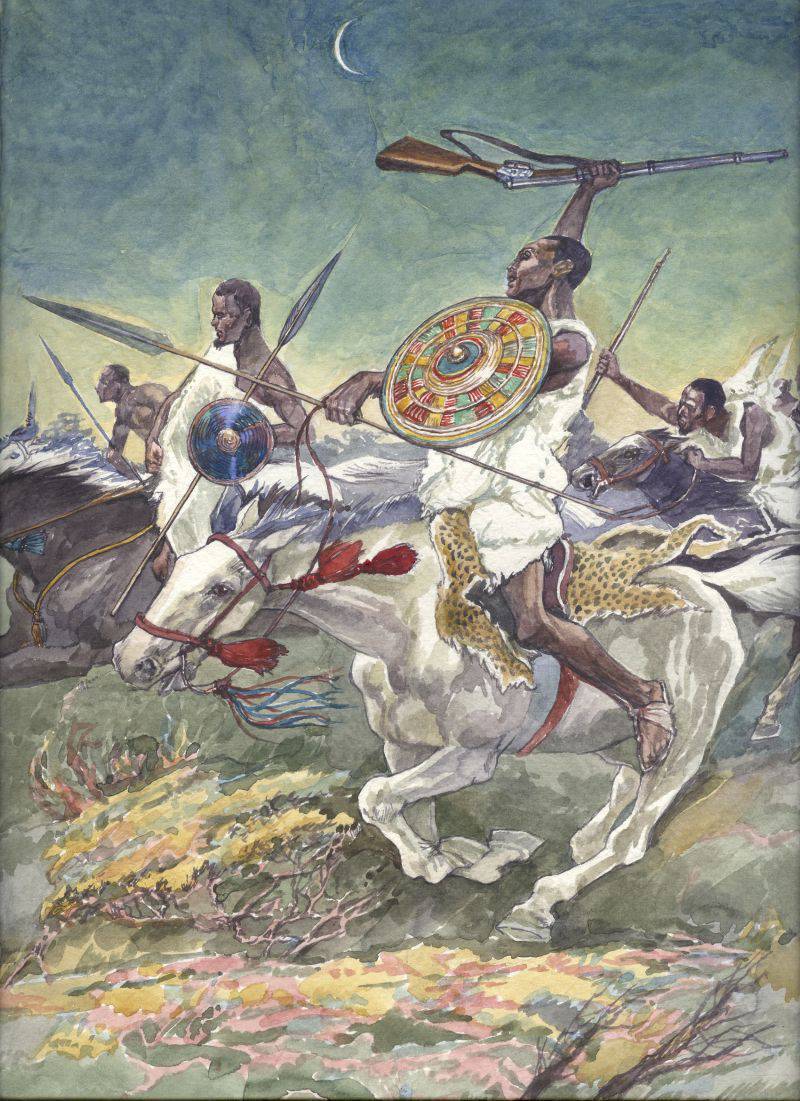
Egypt about Fatimids and Ayyubids
As for Egypt and its geographical borders during the era of the Crusades, it is much easier to establish what was happening here at this time than in most other regions conquered by Muslims. From the middle of the 10th century until the 1171, the country was ruled by the Caliphs of the Fatimid dynasty. By the middle of the 11th century, the Fatimids controlled Egypt, Syria, and most of Libya and claimed suzerainty over Tunisia, Sicily, and Malta. By the end of the century, however, their North African possessions were unlikely to extend beyond the eastern part of Libya, while in Syria they were reduced to several coastal cities, which were subsequently recaptured by the crusaders after several years of hard struggle.
In 1171, the Fatimids were replaced by the Sunni Ayyubid dynasty, the first of which was Salah ad-Din (Saladin). Despite the fact that their power extended in Africa to most of Libya and to the south to Yemen, their main interests lay in the north-east direction. Here they clashed with the crusader states in Palestine and Syria, although they managed to extend their power up to the current border of Iran, including in a large part of today's southeastern Turkey. However, in the 1250 year in Egypt and in part of Syria, as a result of a military coup, they were replaced by the Mamluks, although the Ayyubid princes continued to rule some Asian provinces after this event for several decades.
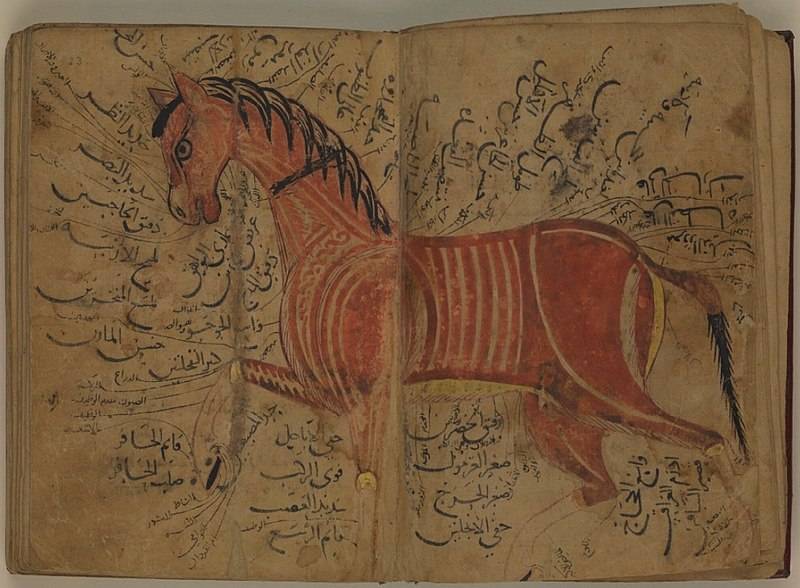
And then the Mamluks faced the Mongol invasion of Syria. The Mongols were discarded only after the desperate battle of Ain Jalut, when on 3 of September 1260 of the year their army under the command of Sultan Kutuz and Emir Beibars met with the Mongol corps from the army of Khulag under the command of Kitbuk-noion. The Mongols were then defeated, and Kitbook killed. A new border was established along the Euphrates. This left the territory of modern Iraq under the control of the Great Khan, and the Mamluks received Hijaz with the holy cities of all Muslims, as well as the recently conquered Christian Nubia and northern Sudan.

Fatimid Army
The Fatimid army from the 10th to the middle of the 11th centuries consisted mainly of infantry supported by a relatively small number of fairly lightly armed cavalry. Archery was in the hands of the infantry, and spears were used by both cavalry and infantry. Many infantrymen rode on camels, which made the Fatimid army quite mobile. But as for heavy weapons, they had problems with that. Although it is known that they had their own elite units of mercenaries, in particular the Turkish cavalry of the Ghulam, mounted archers and black African slaves. The local forces in Fatimid Syria apparently consisted mainly of urban militias who served for Bedouin payment and any troops of eastern origin available for hire.
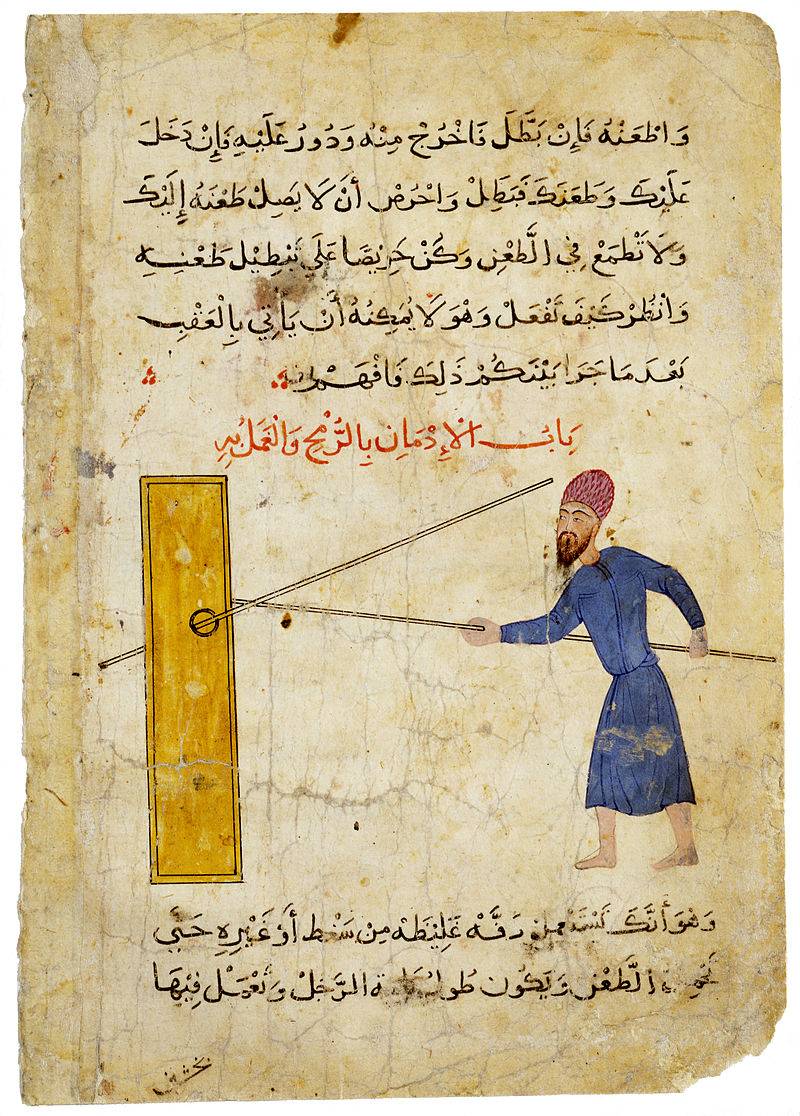
At the end of the 11th and the beginning of the 12th centuries, power was in the hands of the Fatimid vizier Badr al-Jamalt and his son al-Afdal, under whose leadership a whole series of military reforms was carried out. The share of professional mercenaries and troops from slaves was increased. It is possible that they also increased the number of riders and ceremonial elite units in armor. Nonetheless, the Jamalid Fatimids continued to rely on traditional infantry archers and cavalry armed with a sword and spear, using sophisticated but outdated tactics that existed under the Muslim early Caliphs.
The Fatimid army remained multinational, clashes flared up between different ethnic groups.
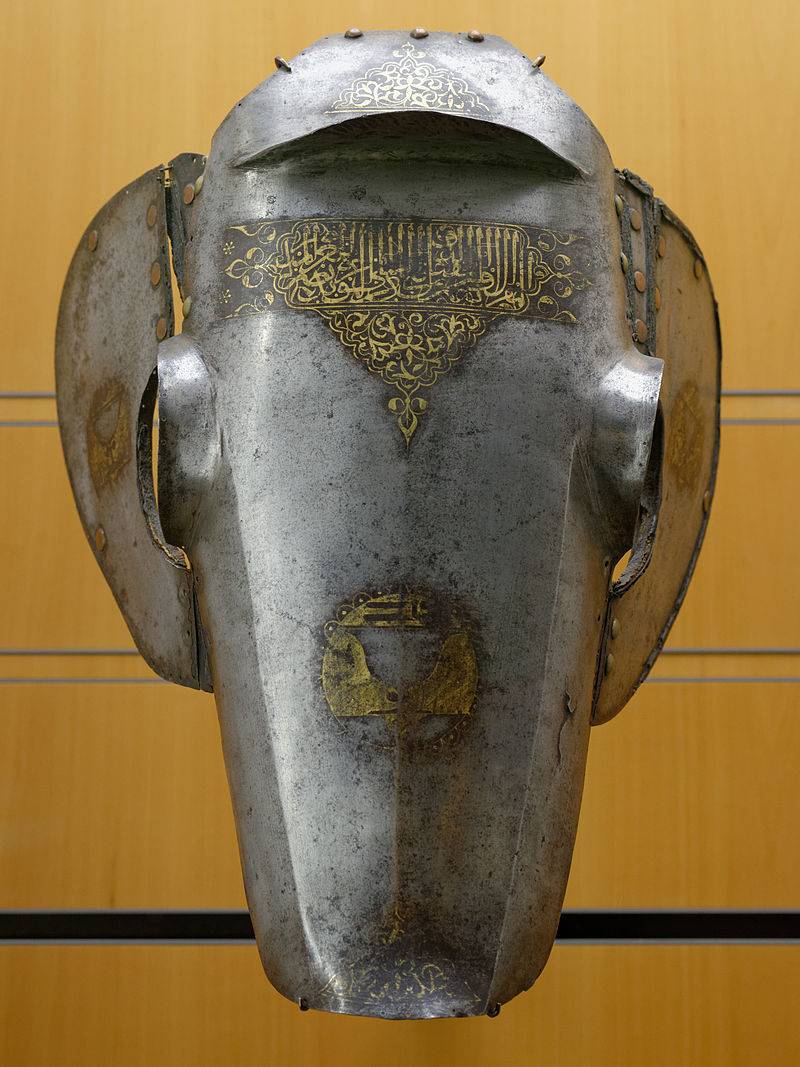
Ayyubid army
The military changes that occurred as a result of the Ayyubids coming to power were quite possibly exaggerated. Salah ad-Din relied primarily on the elite units of the cavalry, created even during the later Fatimid army. Only at the very end of the Ayyubid period, efforts were made to create a unitary army with the elite units of the Mamluks, who were under the direct control of the Sultan.
Recruiting for the army under Ayyubids was distinguished by the fact that initially they relied mainly on Kurds or Turkmens, and then more and more on Mameluks of Turkish origin. Arabs played a minor role, and the Iranians played an even smaller role, while Armenians, Berbers and blacks soon after the seizure of power by Saladin quickly disappeared from his army.
The Mamluk Sultanate of Egypt and Syria was a military state, created largely to the benefit of the army. And this army was probably the most effective of all that were created in the Middle Ages in North Africa and Western Asia, and became the model on the basis of which an even more effective Ottoman army was subsequently created. His organization was complex and even “modern” in some respects, with a high level of discipline. Most of the Mamelukes in the Ayyubid army came from slaves ... from southern Russia or the western steppes. They were bought, then they were prepared and trained accordingly. A significant number of Mongolian refugees also entered the service of the Ayyubids, which allowed them to gain invaluable experience in waging war against the Mongols and their minions. There were many Kurds in the Ayyubids, however, they were mainly stationed in Syria and, compared with the Mamluk slaves, were not so ... popular.
“Hard to learn, easy to go on!”
One of the most remarkable features of the Mamluk army was a well-thought-out training system for personnel, based on the experience of Byzantium. The Mamluks paid great attention to archery, fencing and spear exercises, as well as improving the art of riding, known as Furusiyya. Equestrian games with a spear and a ring, horse polo, horse racing, horse riders, and horse-riders, by all means, learned to shoot a bow from a horse.
Unlike the Ottomans, the Mamluks also relatively quickly realized the benefits of firearms and began to use it early. Some types of guns are mentioned in the 1342 and 1352 years, although the first indisputable references date back to the middle of the 1360's. Most likely it was light artillery and, possibly, primitive types of handguns.
PS Later, on the site of Kanem-Bornu (and this state was named so because at first it was Kanem, and then Bornu) the Bagirmi Sultanate (Begharmi) arose and there was also cavalry in quilts and with very strange spears. Although not in all the figures they are. About this image, it is reported that it was made according to the description of Dixon Denem, who visited Bagirmi in 1823.
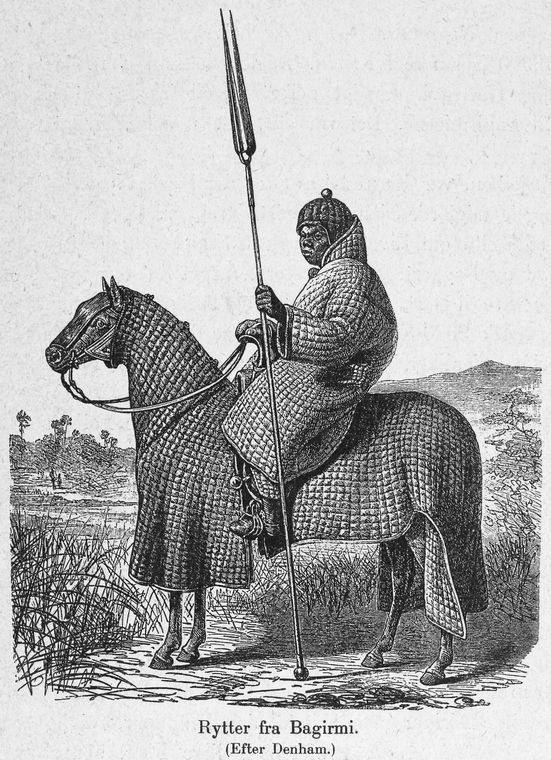
References
1. Nicolle, D. The Military Technology of Classical Islam (Ph.D.thesis, Edinburgh University, 1982).
2. Nicolle, D. Yarmyk 630 AD. The muslim conguest of Syria. L .: Osprey (Campaign series No. 31), 1994.
3. Nicolle, D. The Armies of Islam 7th - 11th centuries. L .: Osprey (Men-at-arms series No. 125). 1982.
4. Nicolle, D. Armies of the Caliphates 862 - 1098. L .: Osprey (Men-at-arms series No. 320), 1998.
5. Nicolle D. Saracen Faris 1050-1250 AD. L .: Osprey (Warrior series No. 10), 1994.
6. Heath, I. Armies of the Middle Age. Volume 1,2 Worthing, Sussex. Flexiprint ltd. 1984.
7. Nicolle, D. Arms and Armor of the Crusading Era, 1050 - 1350. UK L .: Greenhill Books. Vol. 2.
8. Shpakovsky, V.O. Knights of the East. M .: Pomatur, 2002.
To be continued ...
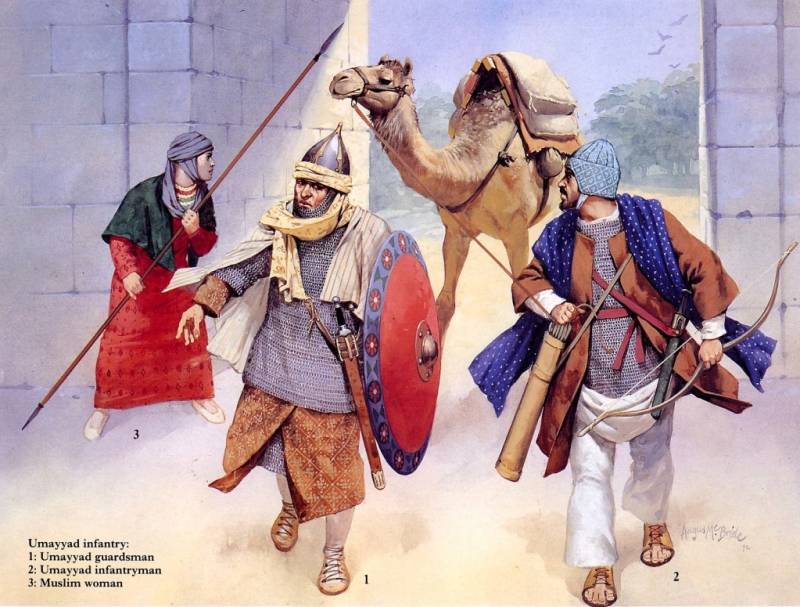
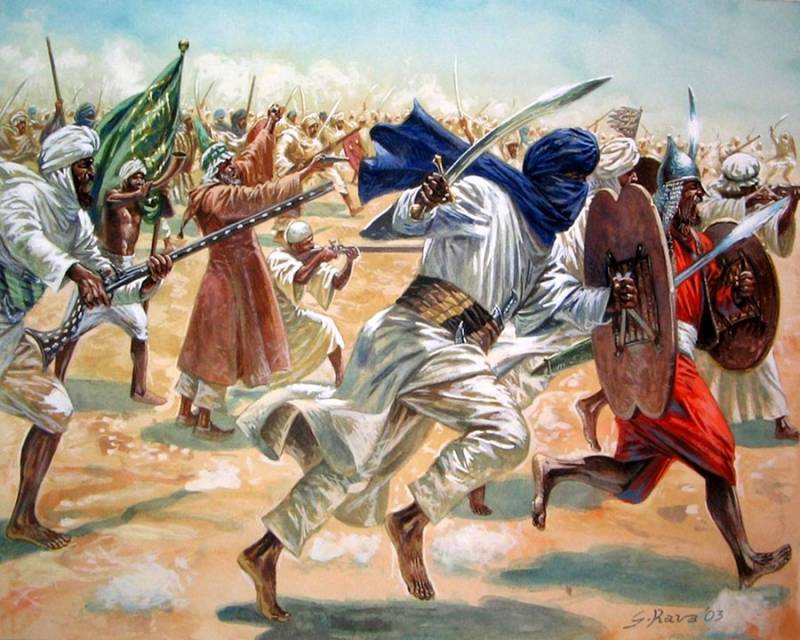
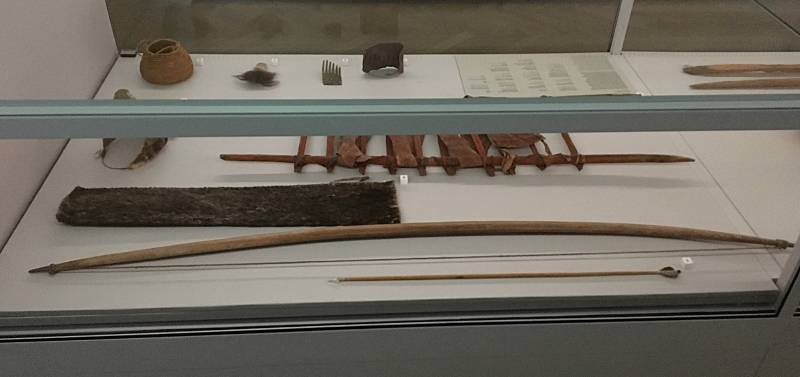
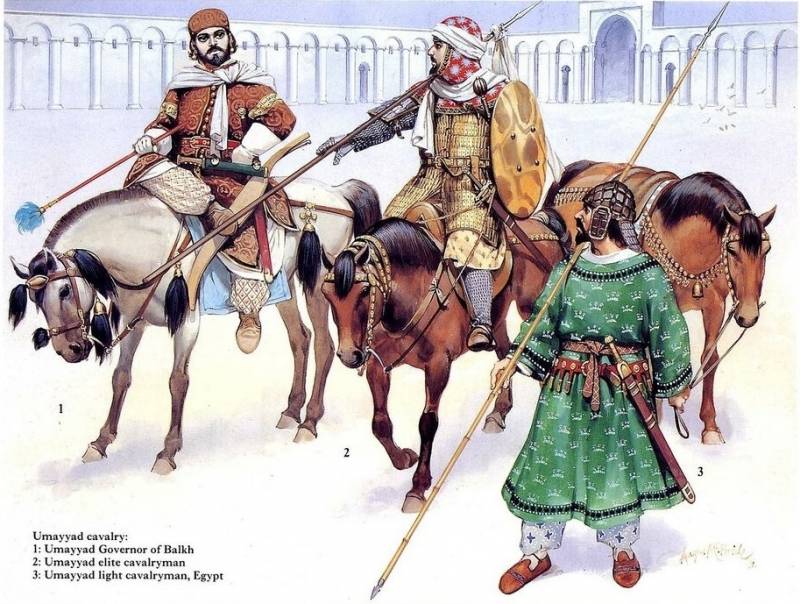
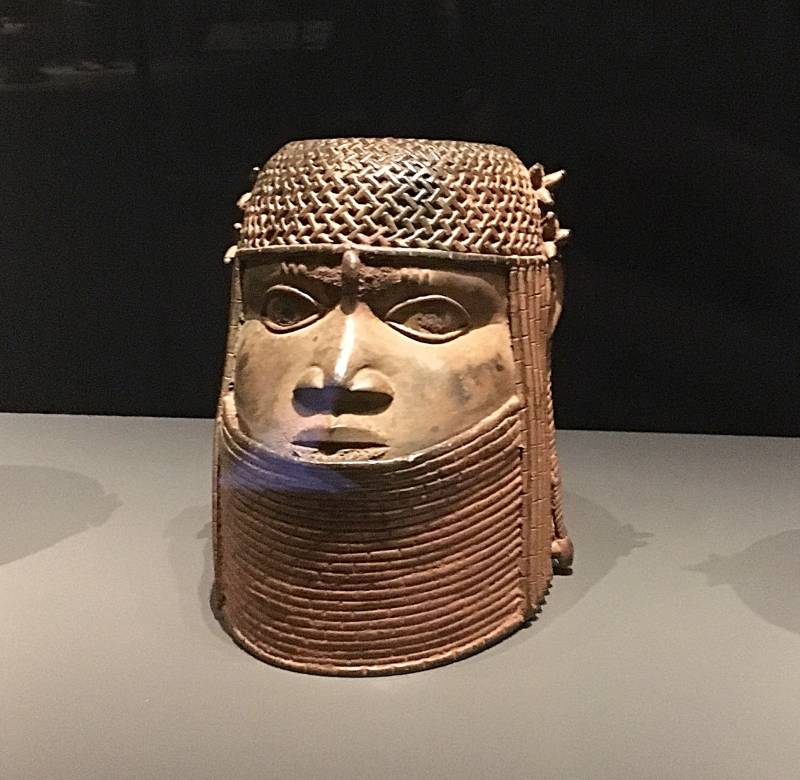
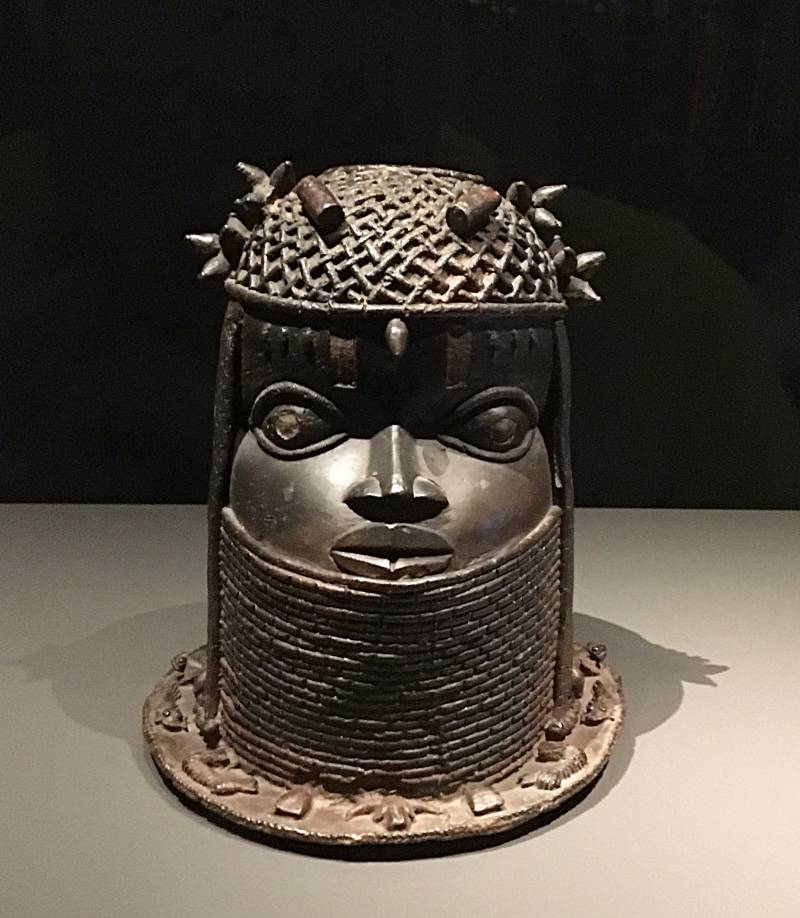
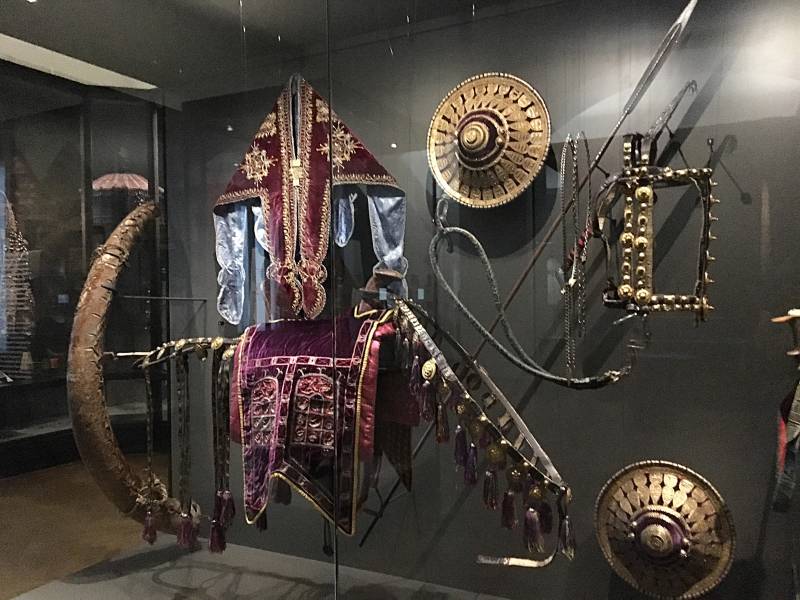
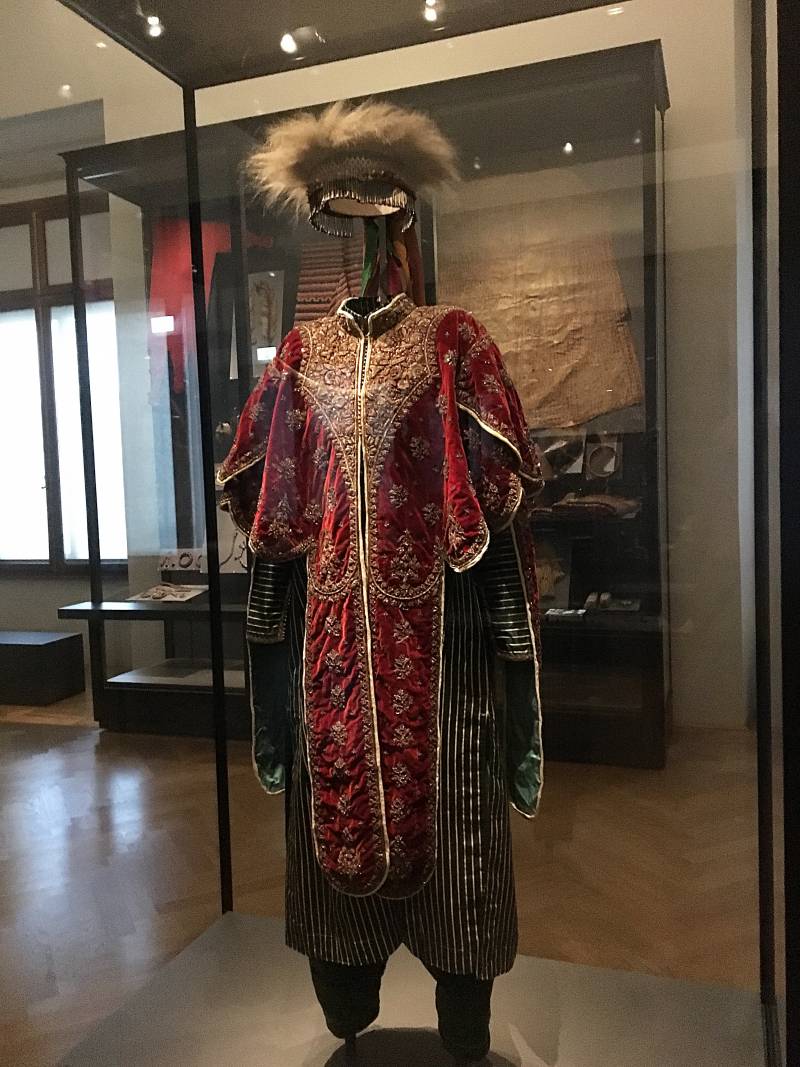
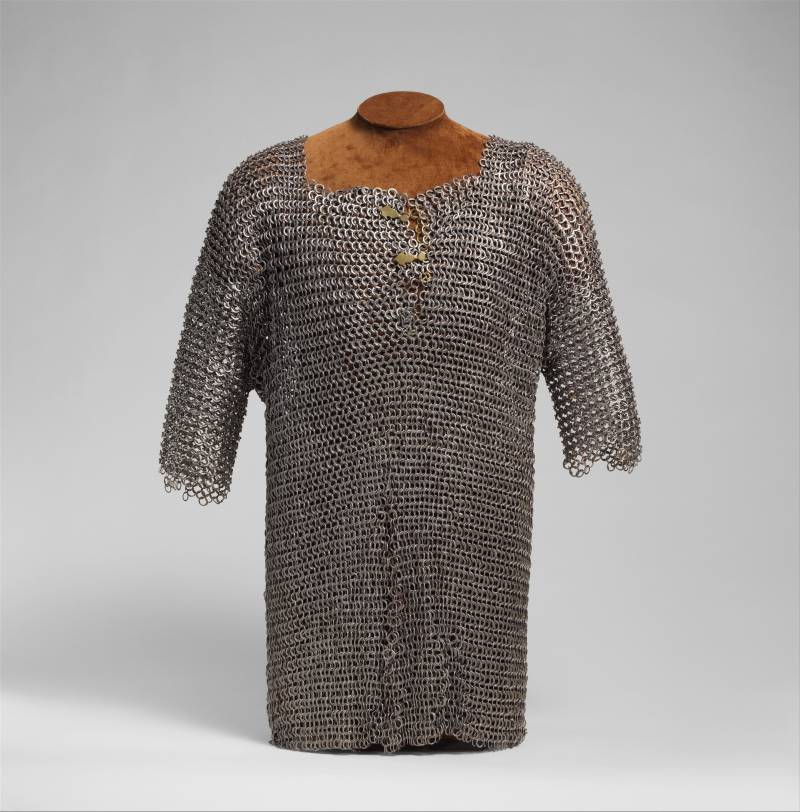
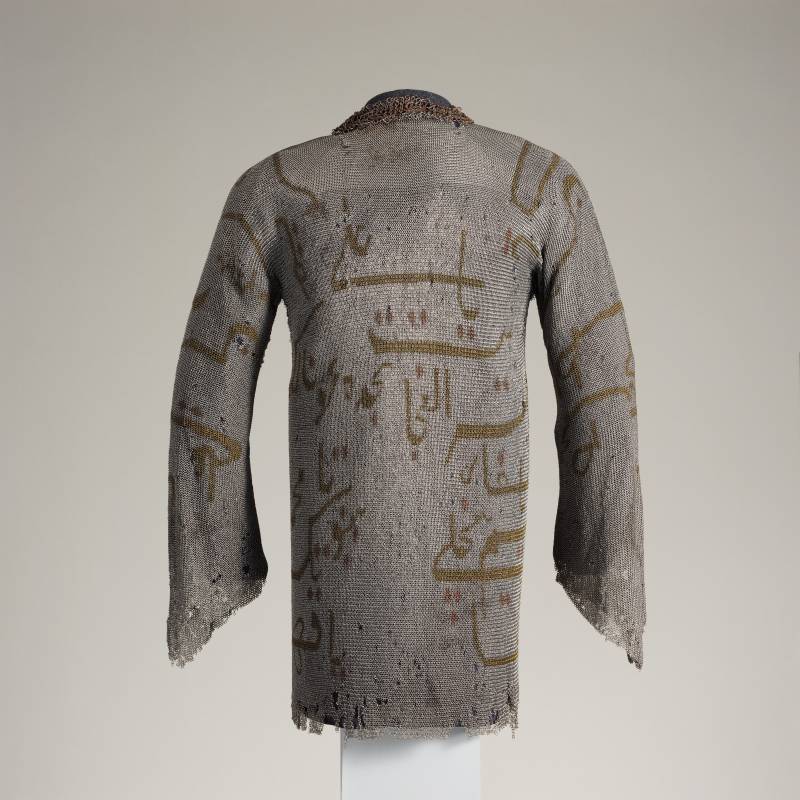
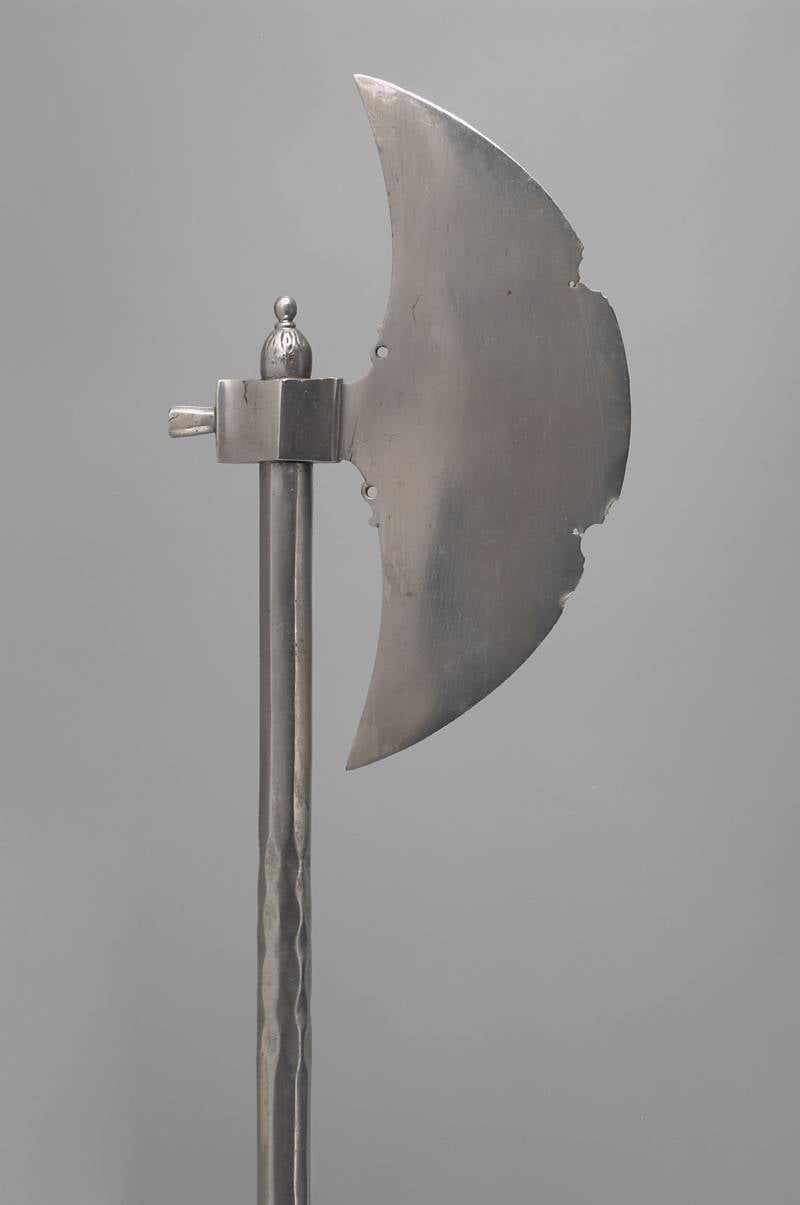
Information